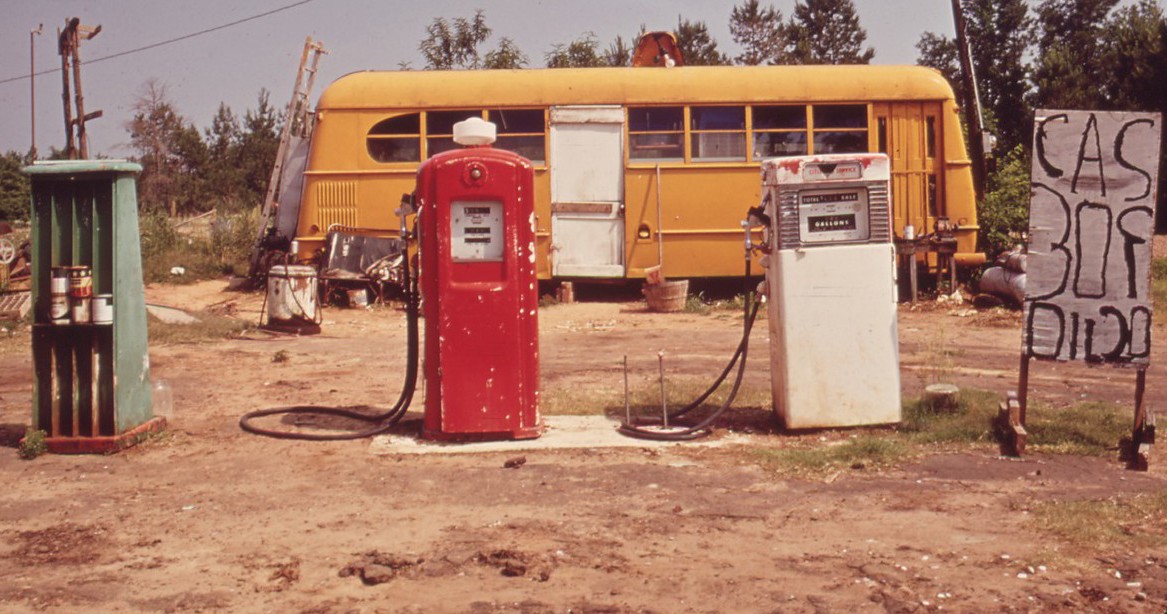This weekend, I tweeted a link to a 2014 Tony Hiss Smithsonian article about E.O. Wilson’s “Half-Earth” proposal for combating biodiversity loss. This plan suggests we set aside 50% of the planet’s surface for non-human species, which would not only help safeguard them but us as well. There are some, like Stewart Brand, who think we’ll soon be able to de-extinct at will, but the ability to repopulate is far from certain and full of unintended consequences. Better to preserve what we have while learning to create (or re-create) even more.
Coincidentally, Aeon has published a piece by Wilson on the topic today, the first essay the great biologist has penned for the great online magazine. Among other things, he explains why 50% isn’t just a nice round number but a key one and how rising consumption won’t doom the project. An excerpt:
Today, every sovereign nation in the world has a protected-area system of some kind. All together the reserves number about 161,000 on land and 6,500 over marine waters. According to the World Database on Protected Areas, a joint project of the United Nations Environmental Program and the International Union for Conservation of Nature, they occupied by 2015 a little less than 15 per cent of Earth’s land area and 2.8 per cent of Earth’s ocean area. The coverage is increasing gradually. This trend is encouraging. To have reached the existing level is a tribute to those who have led and participated in the global conservation effort.
But is the level enough to halt the acceleration of species extinction? Unfortunately, it is in fact nowhere close to enough. The declining world of biodiversity cannot be saved by the piecemeal operations in current use alone. The extinction rate our behaviour is now imposing on the rest of life, and seems destined to continue, is more correctly viewed as the equivalent of a Chicxulub-sized asteroid strike played out over several human generations.
The only hope for the species still living is a human effort commensurate with the magnitude of the problem. The ongoing mass extinction of species, and with it the extinction of genes and ecosystems, ranks with pandemics, world war, and climate change as among the deadliest threats that humanity has imposed on itself. To those who feel content to let the Anthropocene evolve toward whatever destiny it mindlessly drifts, I say please take time to reconsider. To those who are steering the growth of reserves worldwide, let me make an earnest request: don’t stop, just aim a lot higher.•
Tags: E.O Wilson

